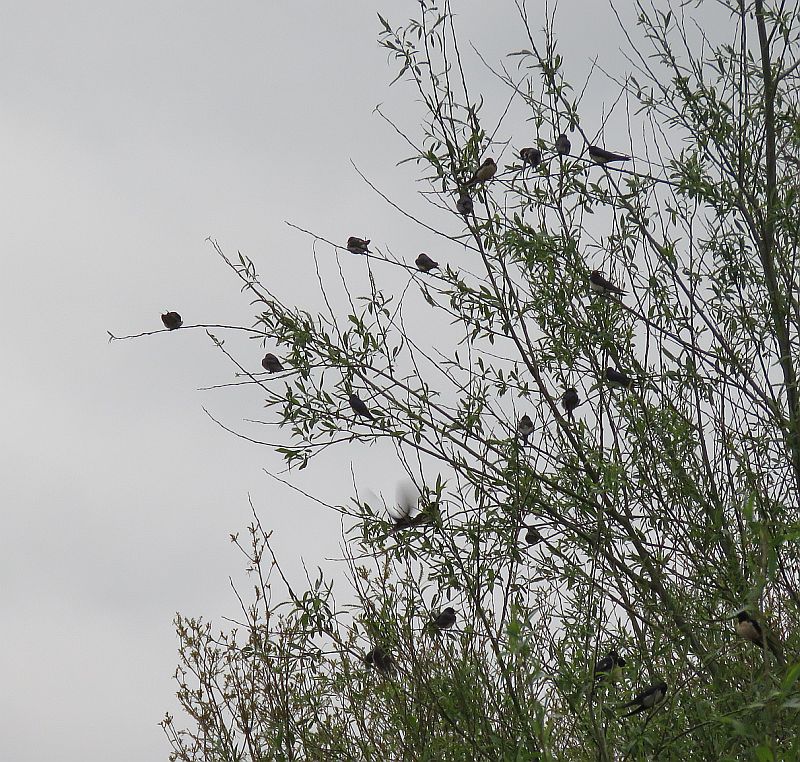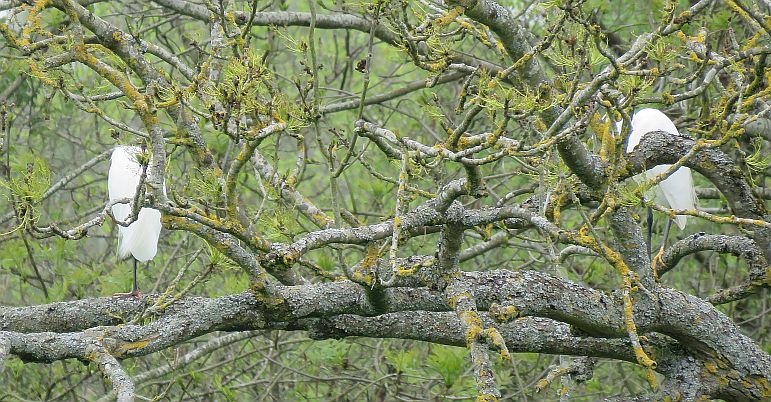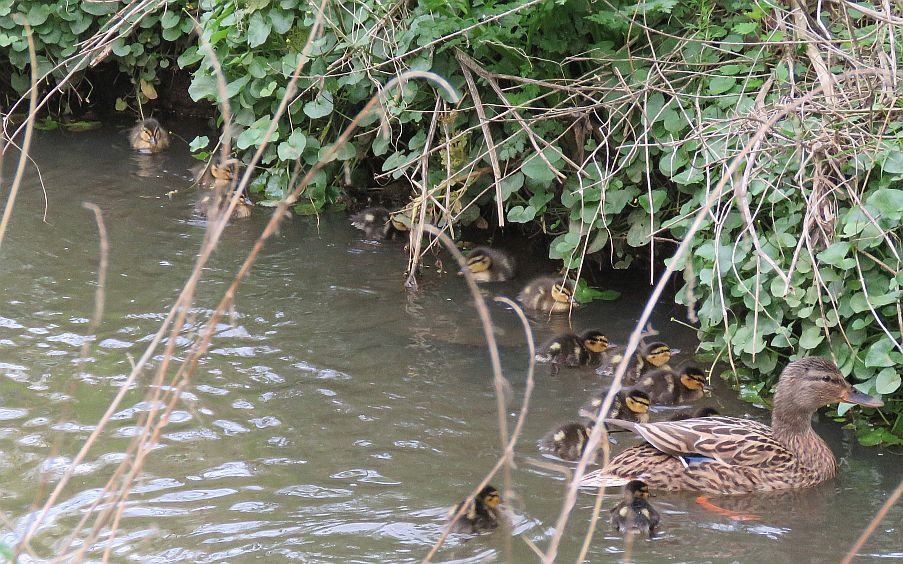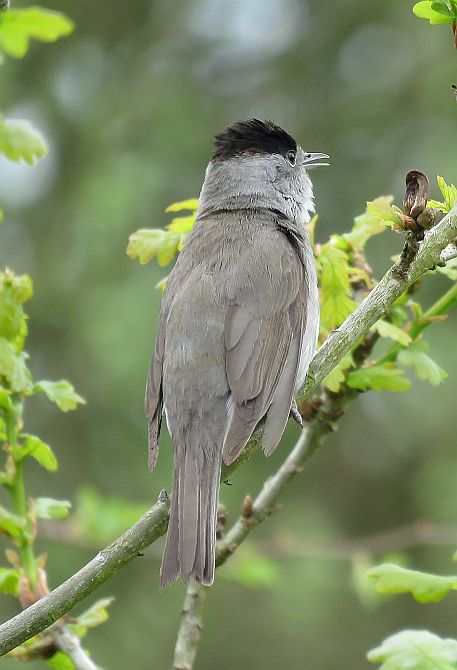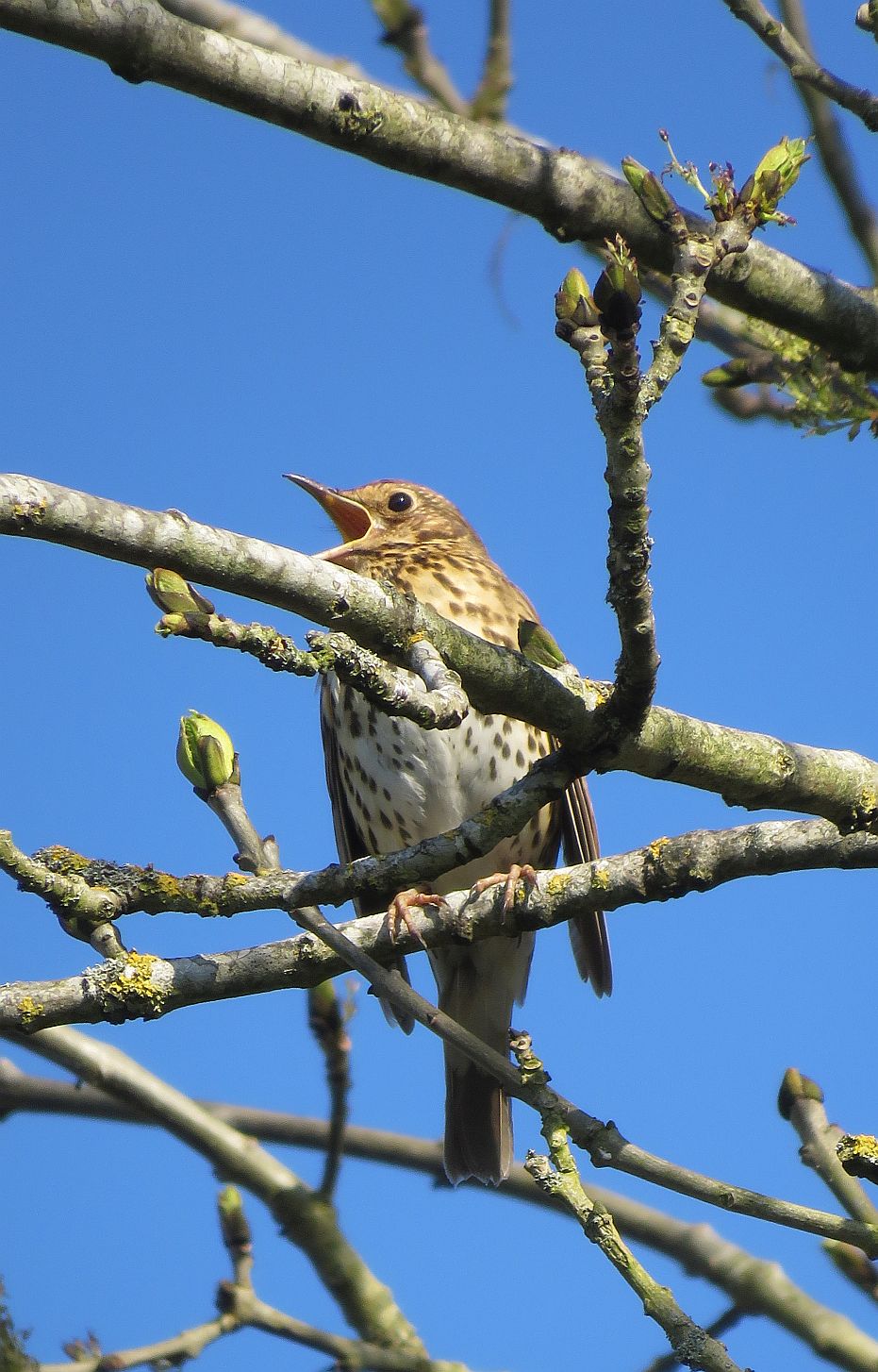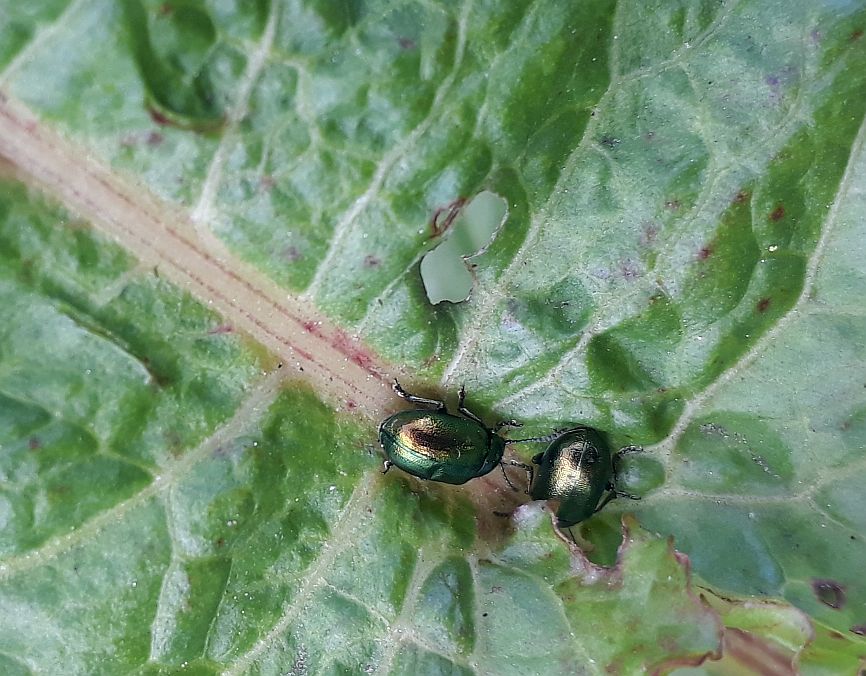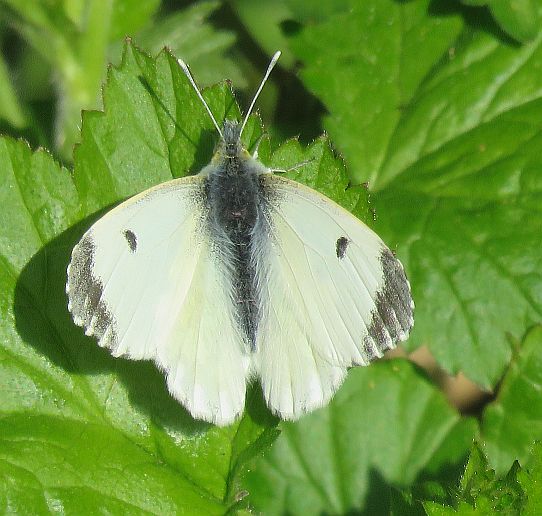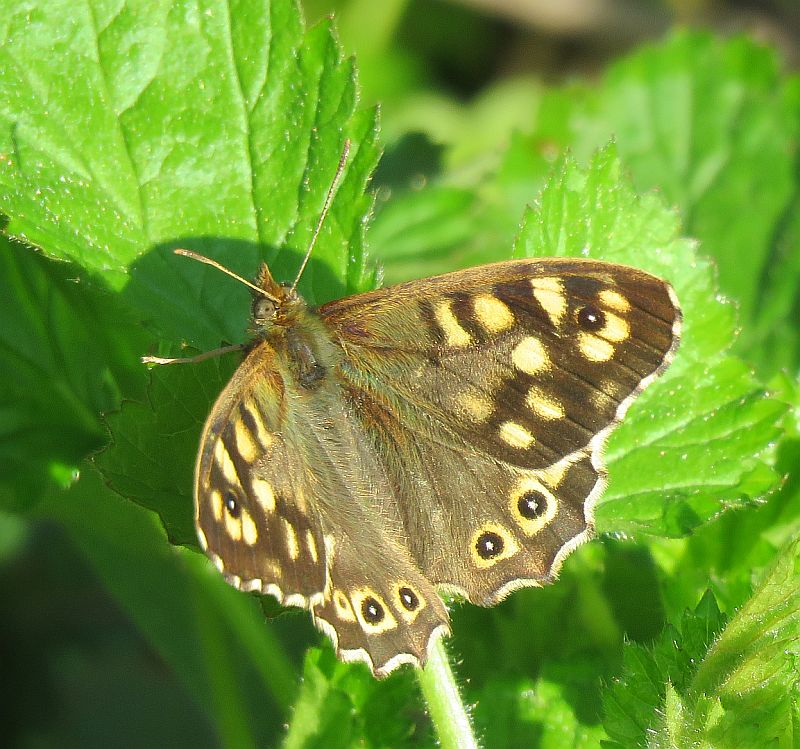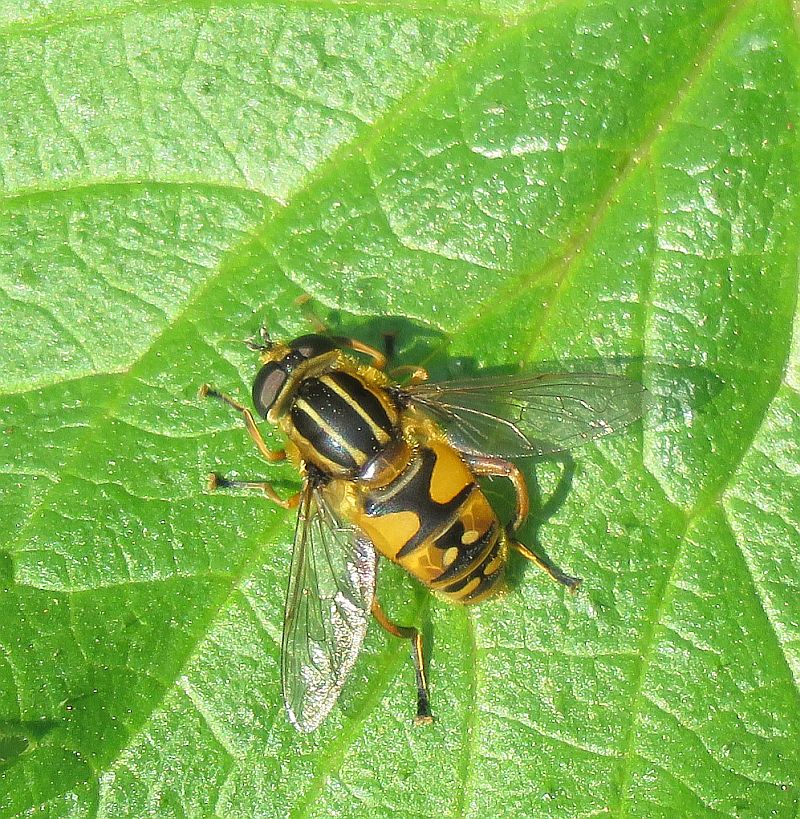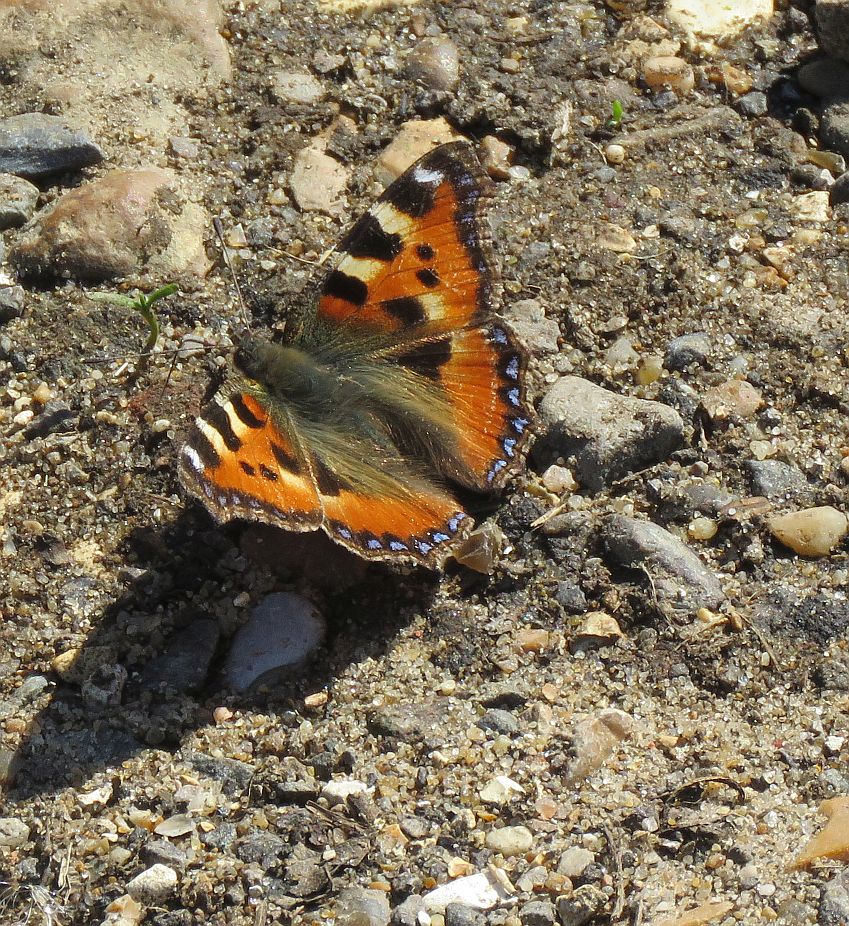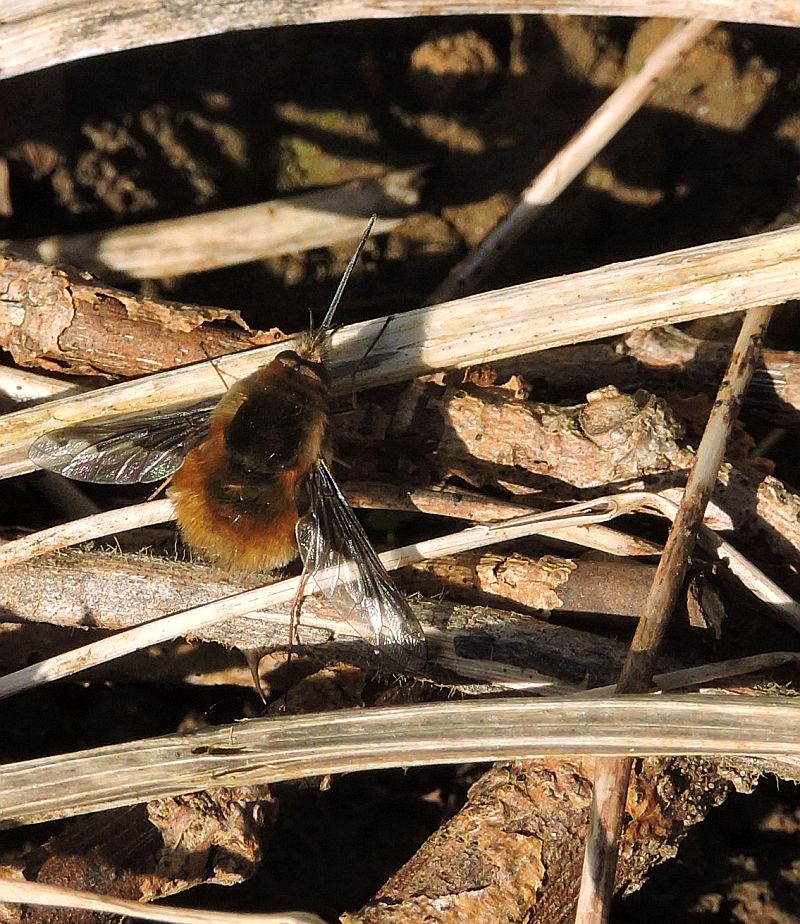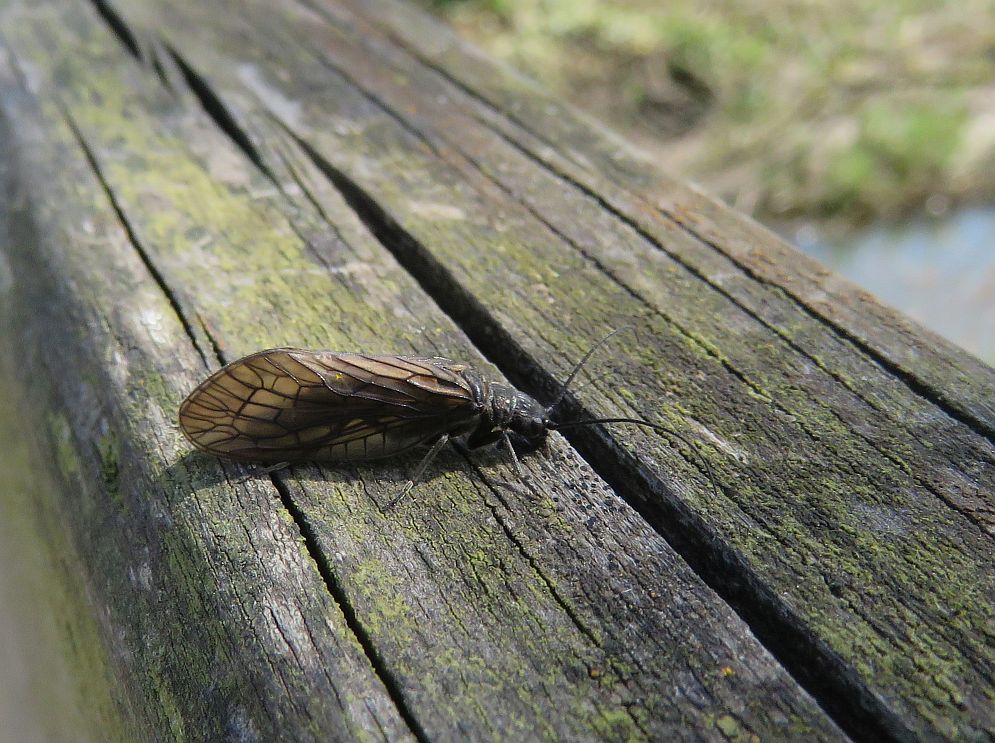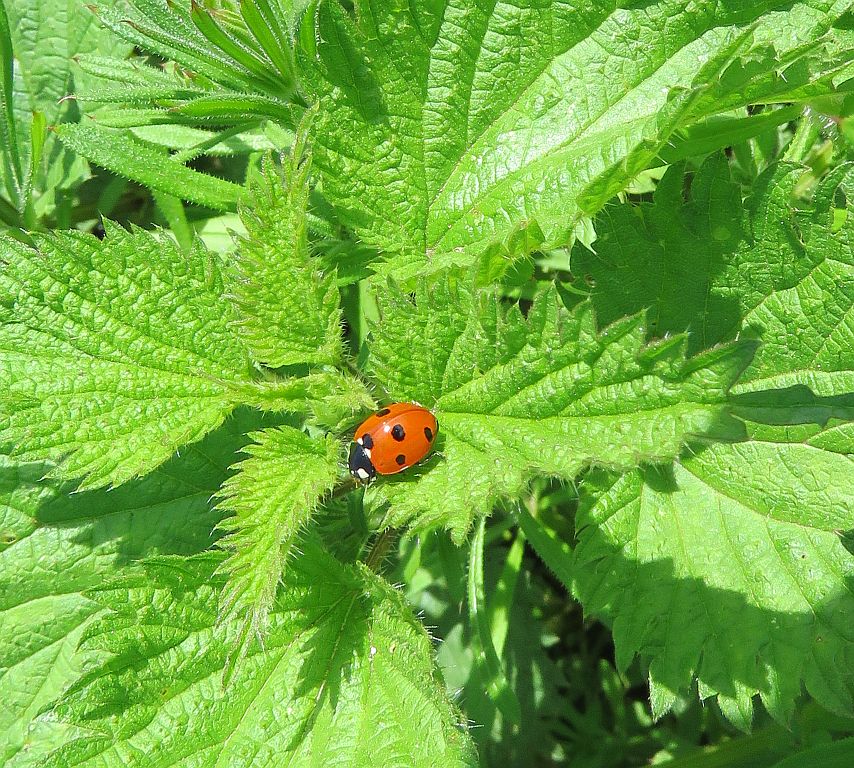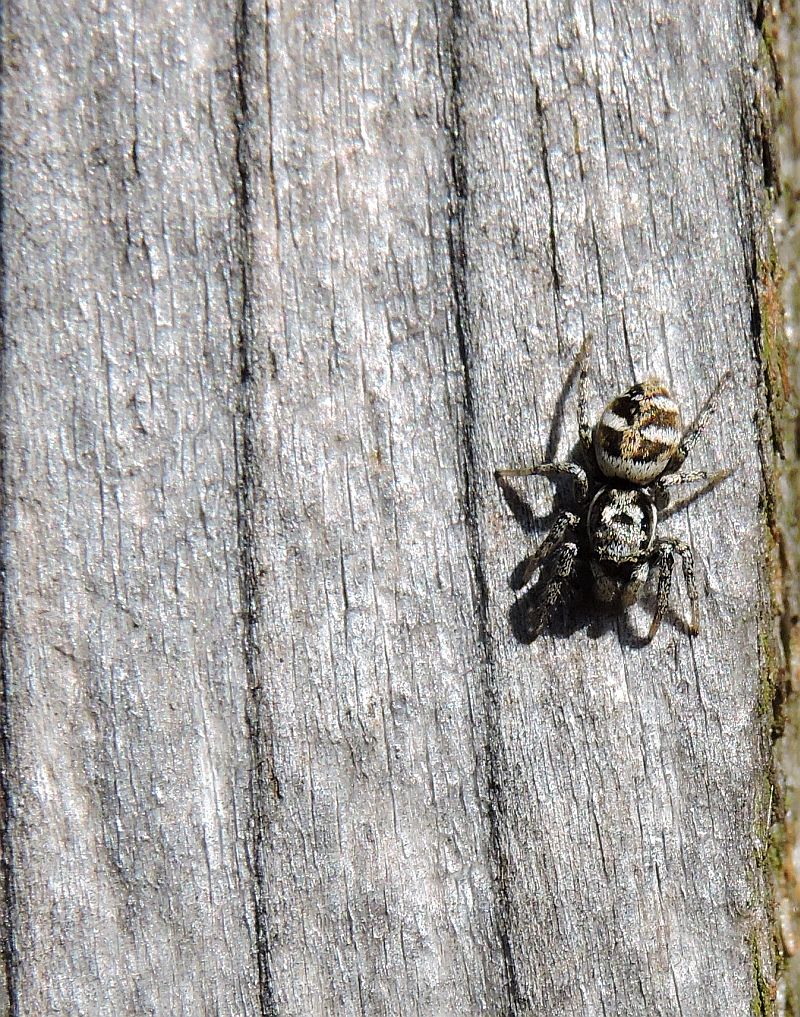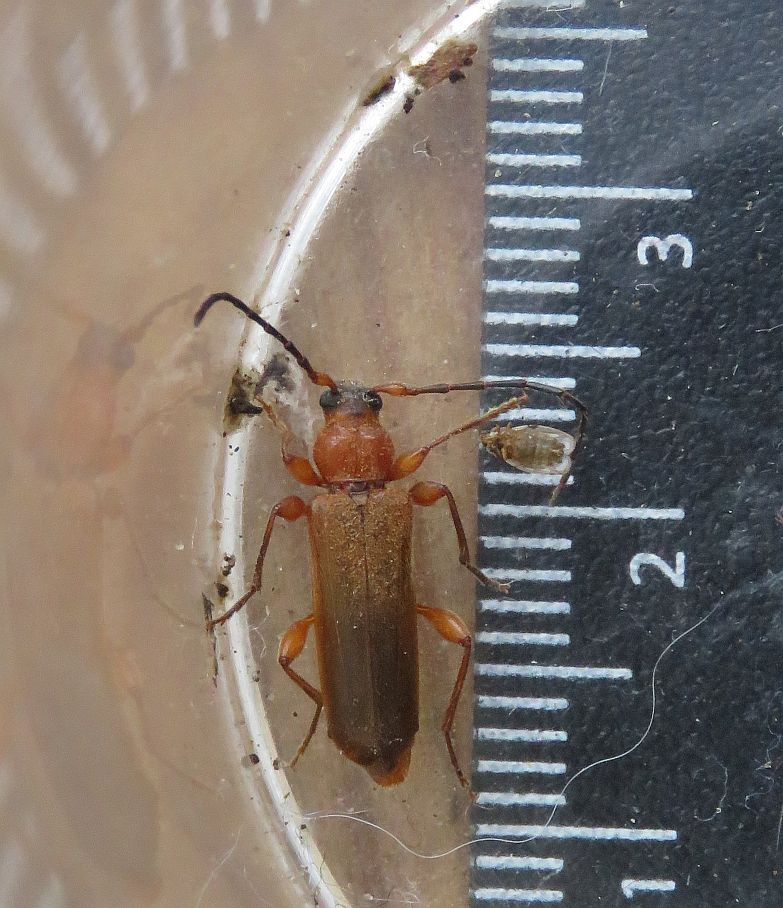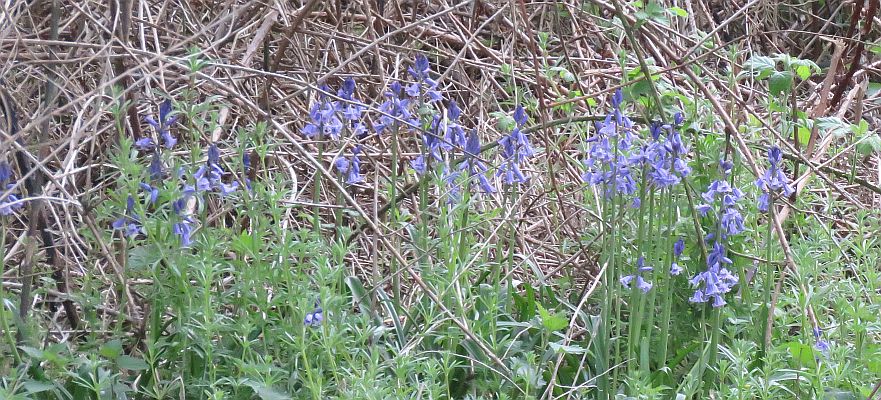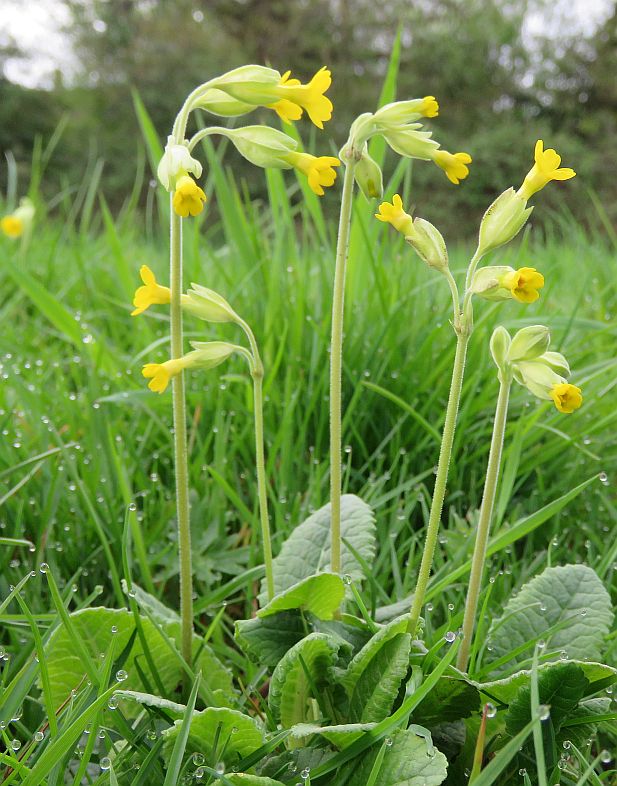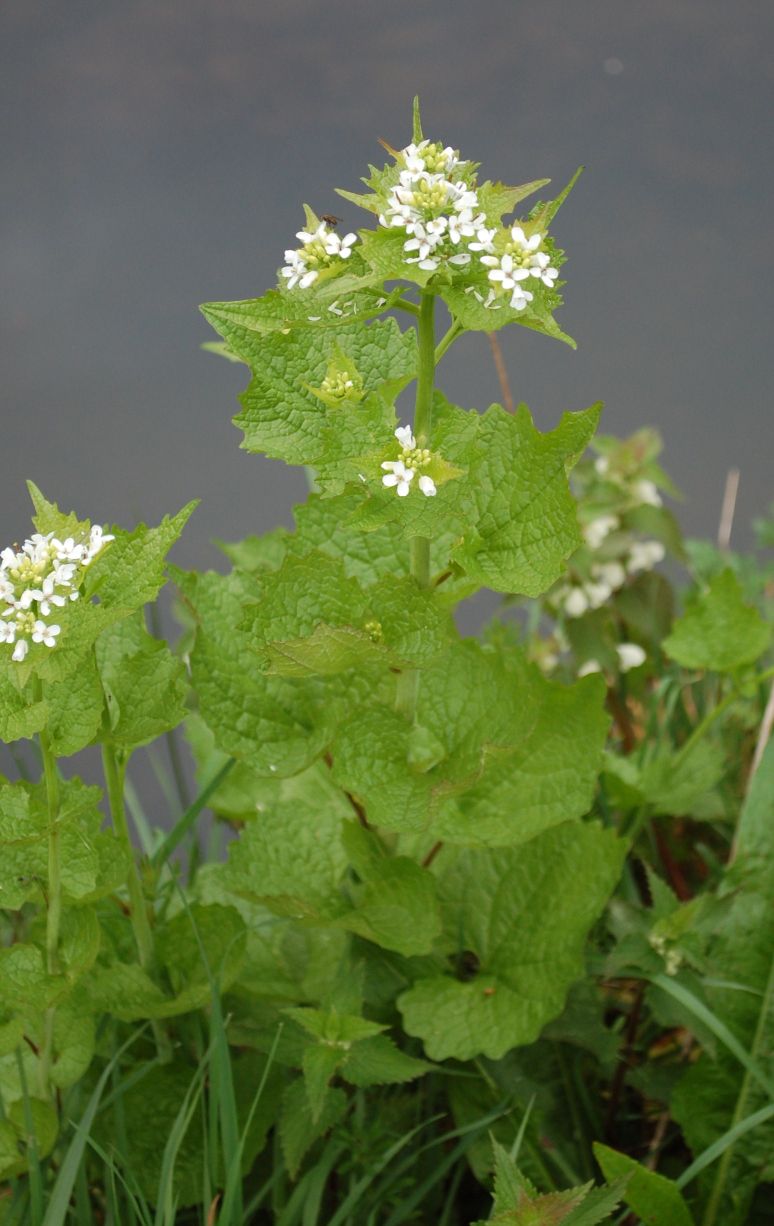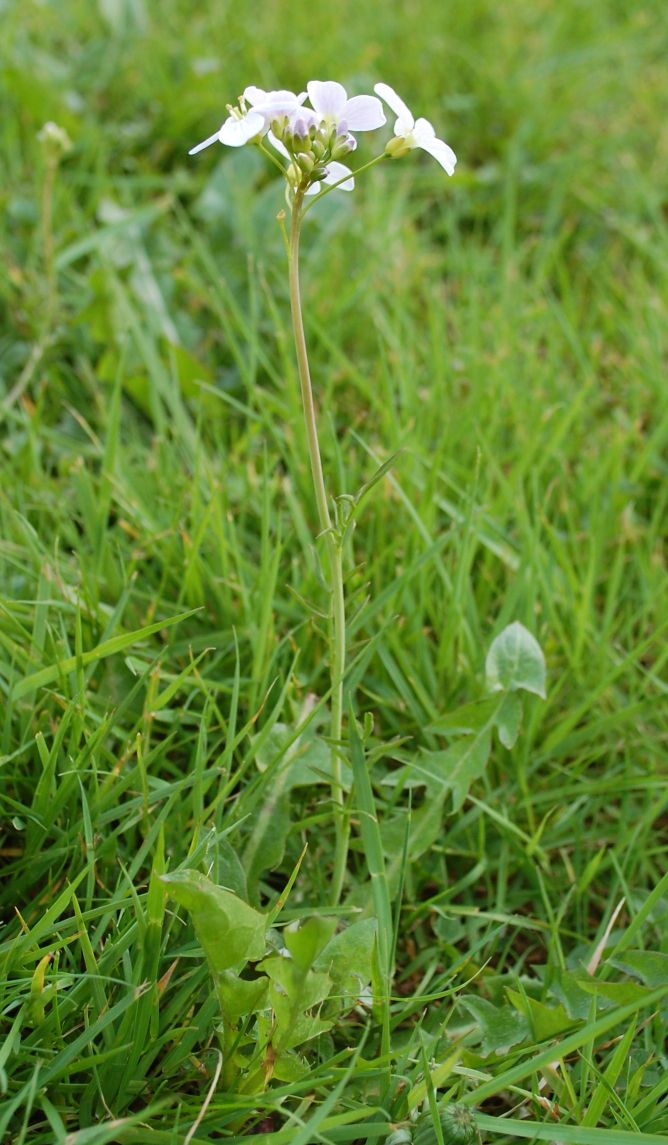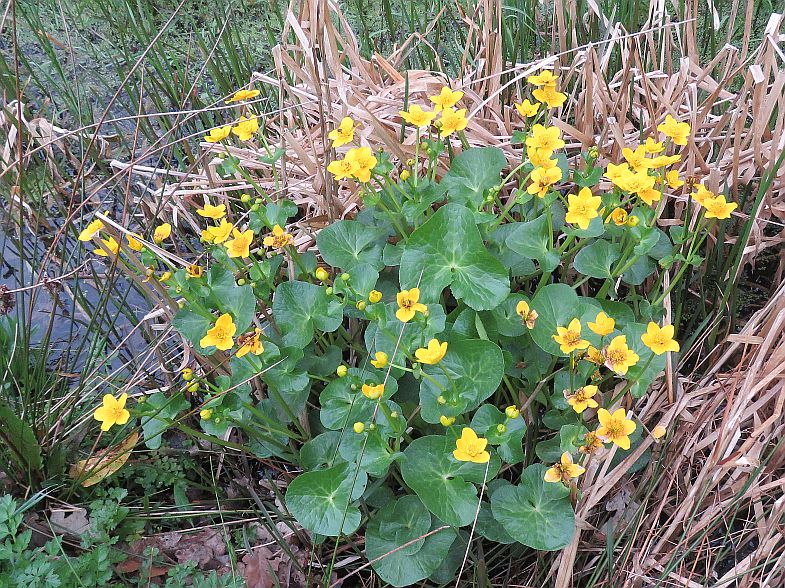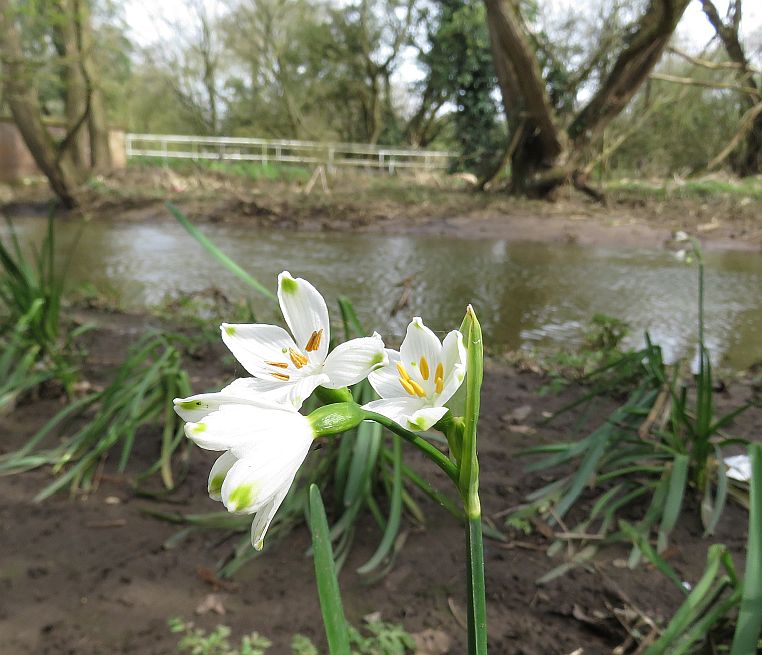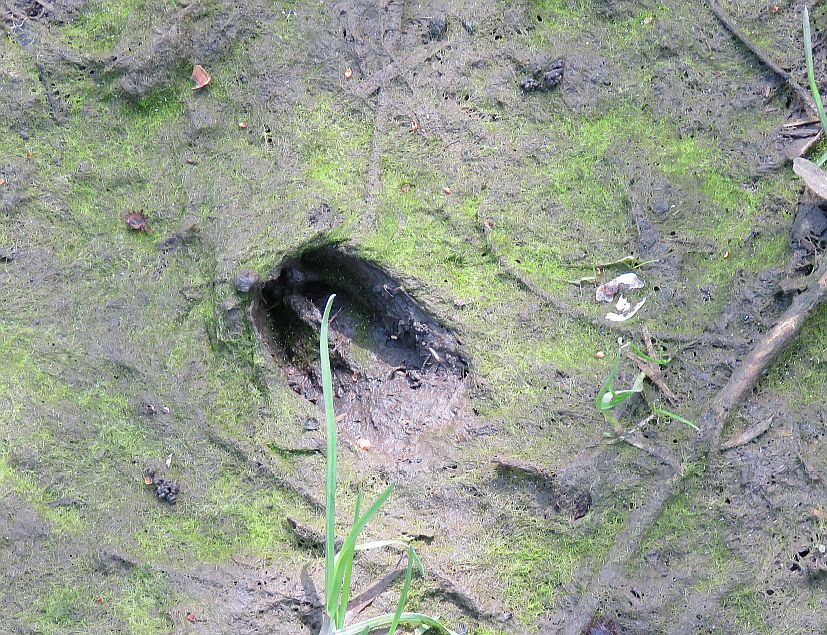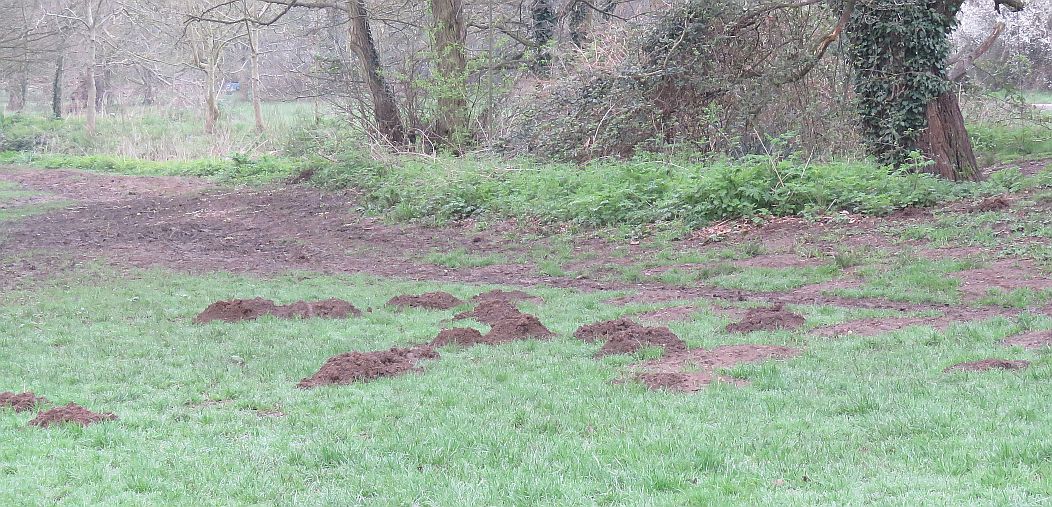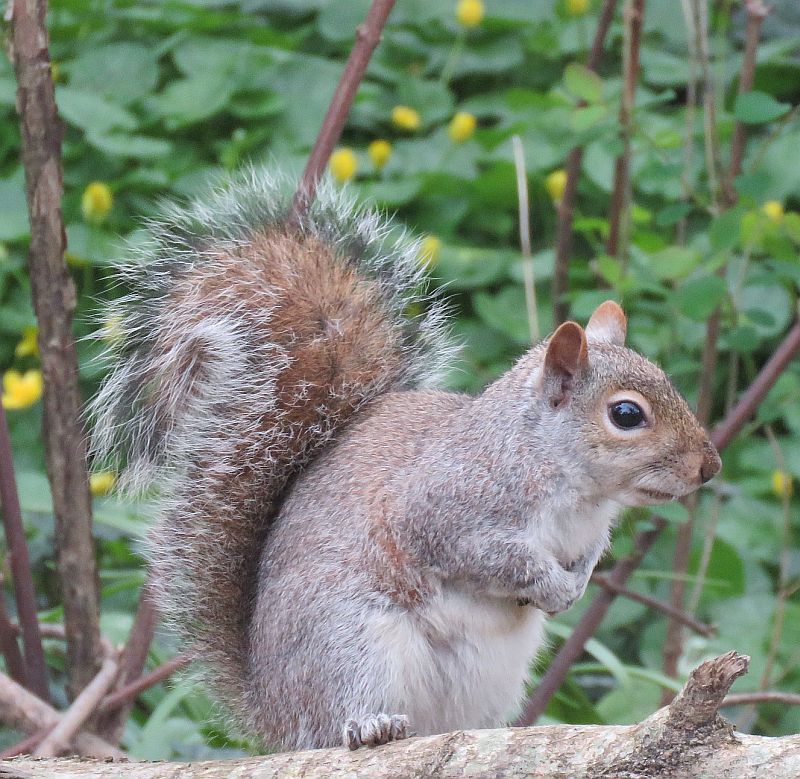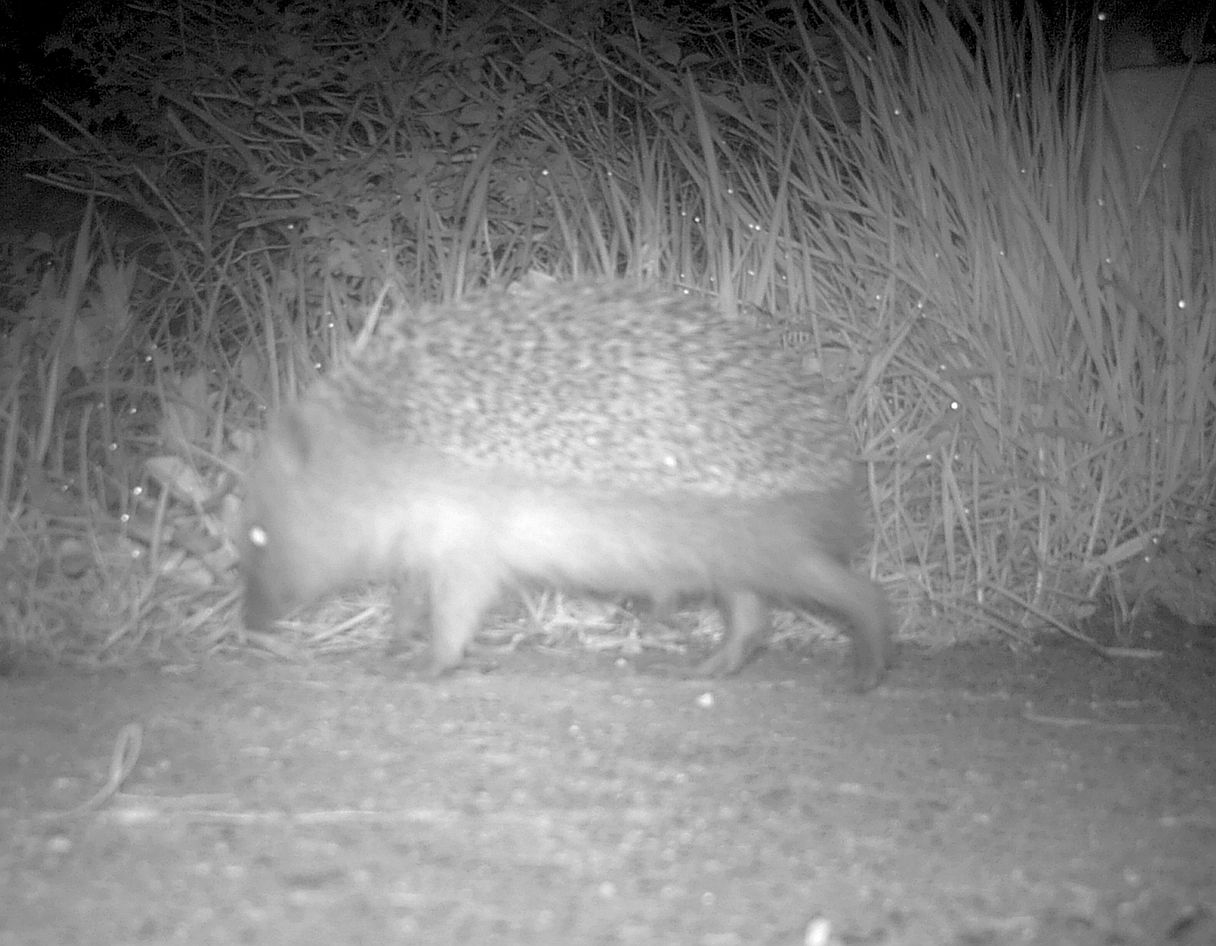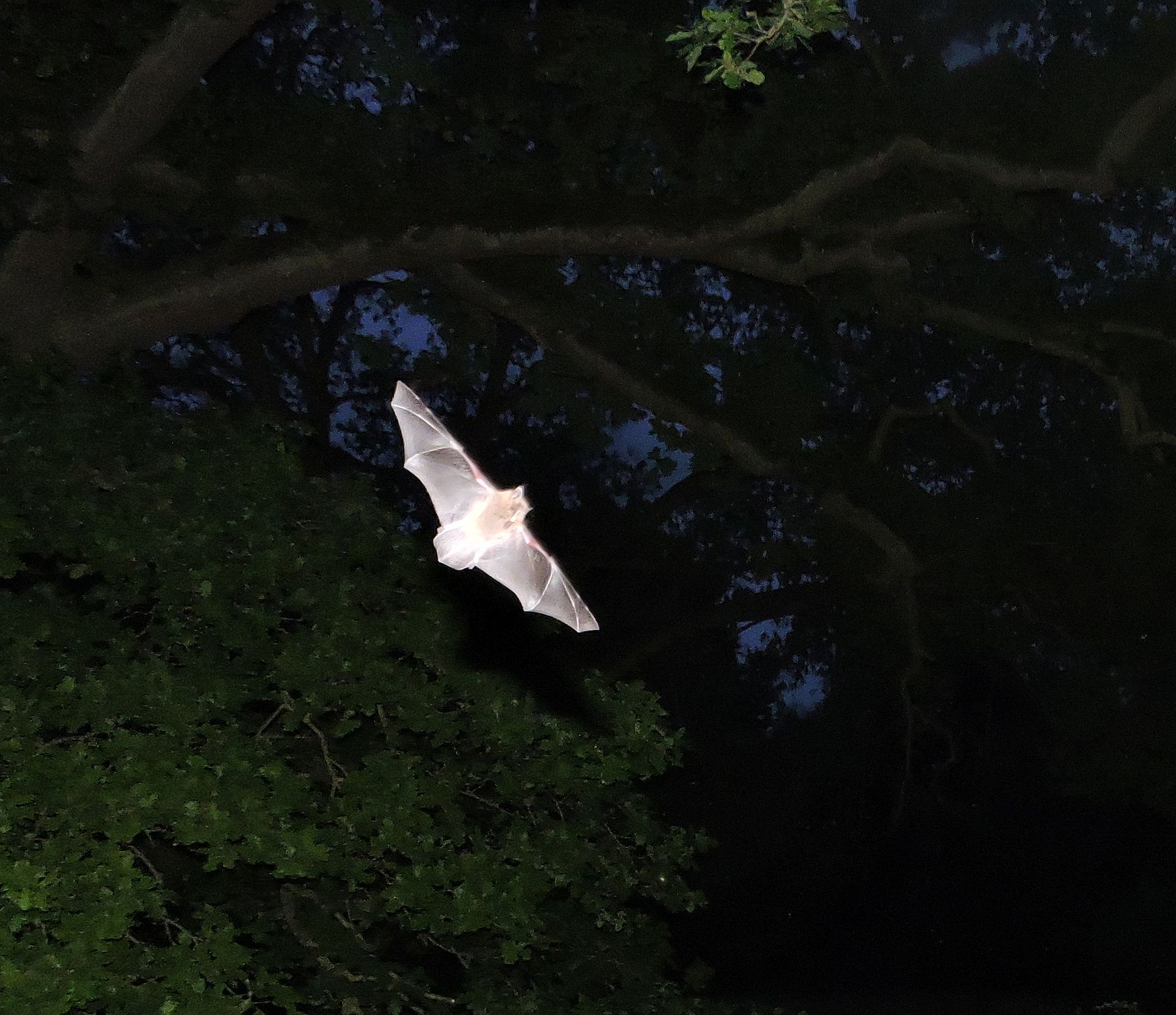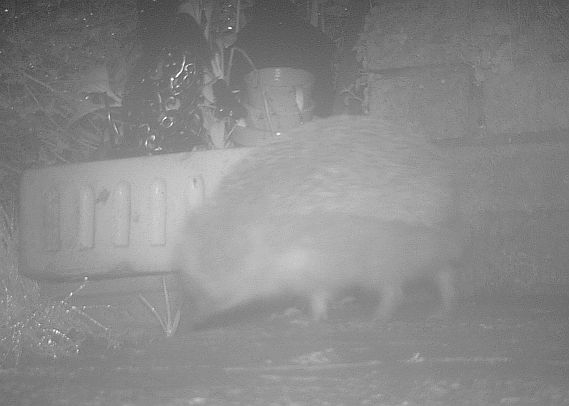
Click on the link to send in your sightings foteb @hotmail.co.uk or cut and paste address.
For previous months sightings see Archive
The "Area Seen" refers to the 10 sections that the Brook has been split into for monitoring purposes (see Wildlife page under Monitoring ).
All sightings unless stated are from personal observations by Eddie Napper
Click on any picture to see a larger image
|
Birds 29/04/18
28/04/18 In Area 10 this morning flying over and feeding on Black Swan Lake and the Emm Brook under cloudy skies were a mixed feeding flock of at least 200 Hirundines. Mostly Swallow with House Martin and Sand Martin .A solitary Swift was also seen. In the Activity Centre car park a Jay , Chiffchaff and Blackcap were also seen. On the pontoon on the lake both Grey Wagtail and Pied Wagtail were seen. 27/04/18
26/04/18 A Garden Warbler was heard singing close to the Area 10 car park on the east side by Fraser Cottington. 24/04/18
23/04/18
22/04/18 The first Swift of the year was seen flying over the Area 10 car park field by Anne Cronin.Also seen was a House Martin . 21/04/18
20/04/18
19/04/18 The first male Cuckoo of the year was heard calling in Area 10 at lunchtime. 18/04/18 2 female Sparrowhawk were seen flying low across the Area 10 car park field by Rick Dawson. Also in Area 10 at lunchtime were numerous calling Blackcap and Chiffchaff . 16/04/18 Another lunch time visit to Area 10. THere was lots of singing from male Chiffchaff and Blackcap in the Car Park field hedges . A calling Cettis Warbler was heard from the reedbeds and a pair of Reed Bunting were seen. Calling Herring Gulls flew over the Emm and a Green Woodpecker was heard "yaffling" in the distance. 14/04/18 In Area 1 a Little Owl was seen in an old tree coming out of hole just to north of plantation by Alan Holmes. Calling was also heard later from South of the road to Ludgrove School, so there might be more. 13/04/18 At my Area 5 garden feeders a male Great Tit was incessantly calling from pre dawn. Which he has now been doing for weeks. I do hope he finds a mate soon. 12/04/18 A lunchtime visit to Area 10 today. Flying over Black Swan Lake and the Emm Brook were a mixed feeding flock of Swallow , House Martin and Sand Martin . Maybe Spring has finally sprung and Summer is on its way, allbeit a bit late. A Song Thrush and Chiffchaff were also seen. Earlier a Mistle Thrush was seen by the Dinton Activity Centre by Richard Marsh. 11/04/18 A quick visit to Area 10 after work produced 3 Swallow flying over the Emm Brook by the Dinton Activity Centre.14 House Martin were seen earlier at the same location by Fraser Cottington. 07/04/18 A Little Egret was seen flying along the Emm in Area 10 at lunchtime. 06/04/18
05/04/18 In Area 4, around Kingfisher Bridge, the birds were singing in the lunchtime sunshine. Chiffchaff was singing from the Hawthorn patch .A distant Great spotted Woodpecker was drumming away,whilst a nearby Nuthatch was calling for all its worth. Blue Tit and Great Tit were also very evident with singing and a lot of courtship behaviour, but no sign of any visting the nest boxes as yet. 04/04/18 In the car park field in Area 10 Chiffchaff , Blackcap and a solitary Swallow were seen by Paul Bright Thomas. 02/04/18 In Area 10 by the Activity centre a male Willow Warbler was heard singing by Peter Scuadomore in the copse adjacent to the Emm Brook. 01/04/18 A Sparrowhawk flew over the Area 10 Car Park field, and a male Chiffchaff was singing . Both seen by Richard Marsh.Meanwhile on the old Golf Course, 3 Fieldfare and 2 Mistle Thrush were seen by Brian Bennett. EMMBROOK BIRD BOX USAGE 2017
Malcolm Dunmore, Charles Stickler and Mike Saynor checked the nest boxes along the Emm in January 2018. A high proportion of the nest boxes were used again. A full report can be found here. 2017 Bird Box Usage along the Emm |
Insects
26/04/18
22/04/18
20/04/18
19/04/18
18/04/18
14/04/18
10/04/18
08/04/18 On the old golf course in Area 10 another Brimstone Gonepteryx rhamni butterfly was seen by Ian Paine. 07/04/18 In Area 10 by the bridge over the Emm from the car park field a Brimstone Gonepteryx rhamni butterfly was seen by Alan Rymer. 06/04/18
05/04/18 With the sun comes Butterflies, the first Orange Tip Anthocharis cardamines of the year was seen in Area 10 by Alan Rymer. Another true sign of Spring. 01/04/18
|
Plant/Trees 24/04/18
23/04/18
21/04/18
15/04/18
06/04/18
05/04/18
Other Wildlife Amphibians
Mammals
24/04/18 At lunchtime in Area 10 a Muntjac Deer Muntiacus reevesi was seen to burst out of a reedbed, before running across a path and disappearing into a copse. 18/04/18
15/04/18
14/04/18
10/04/18
01/04/18
Fungi
Fish
|
